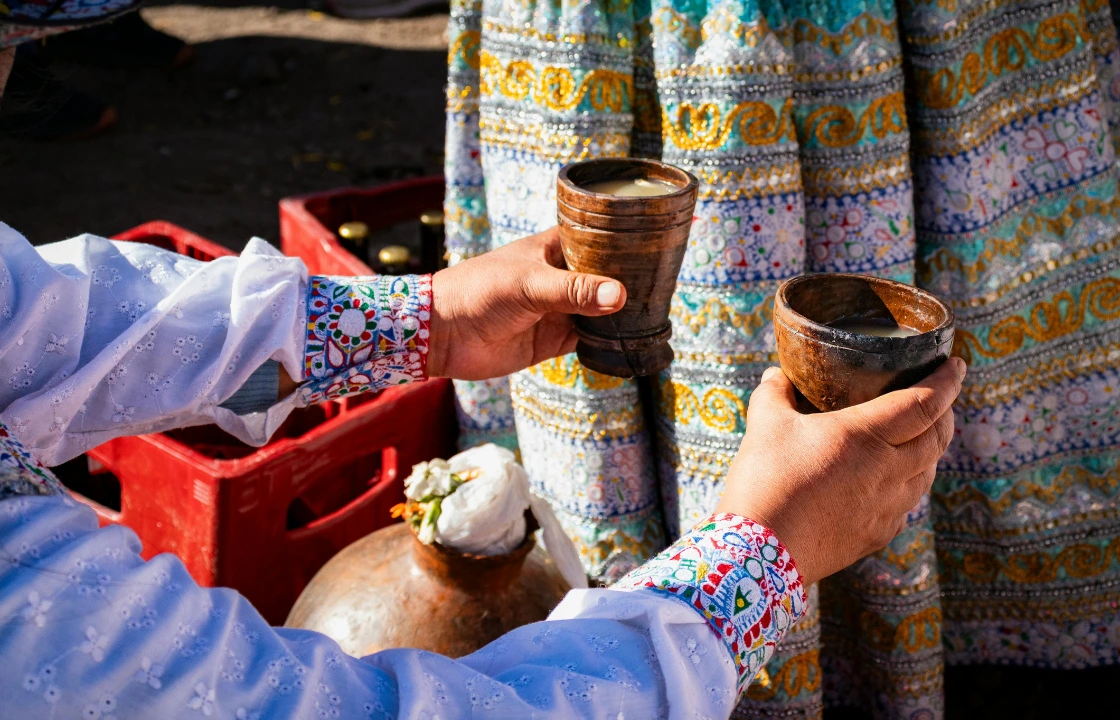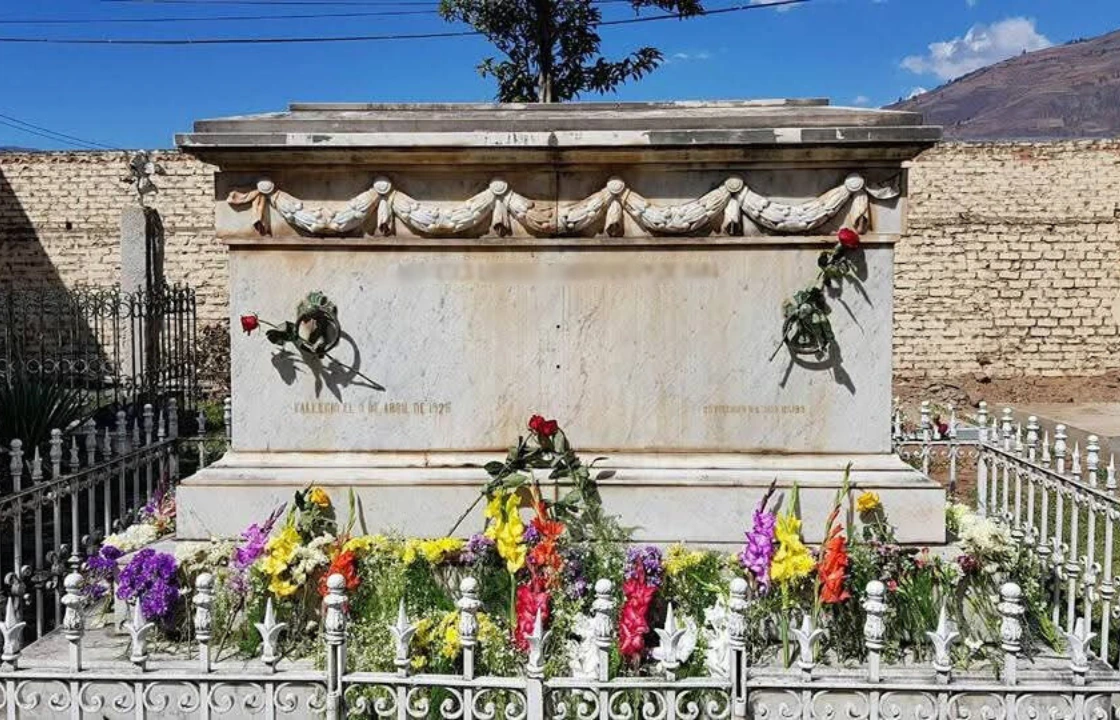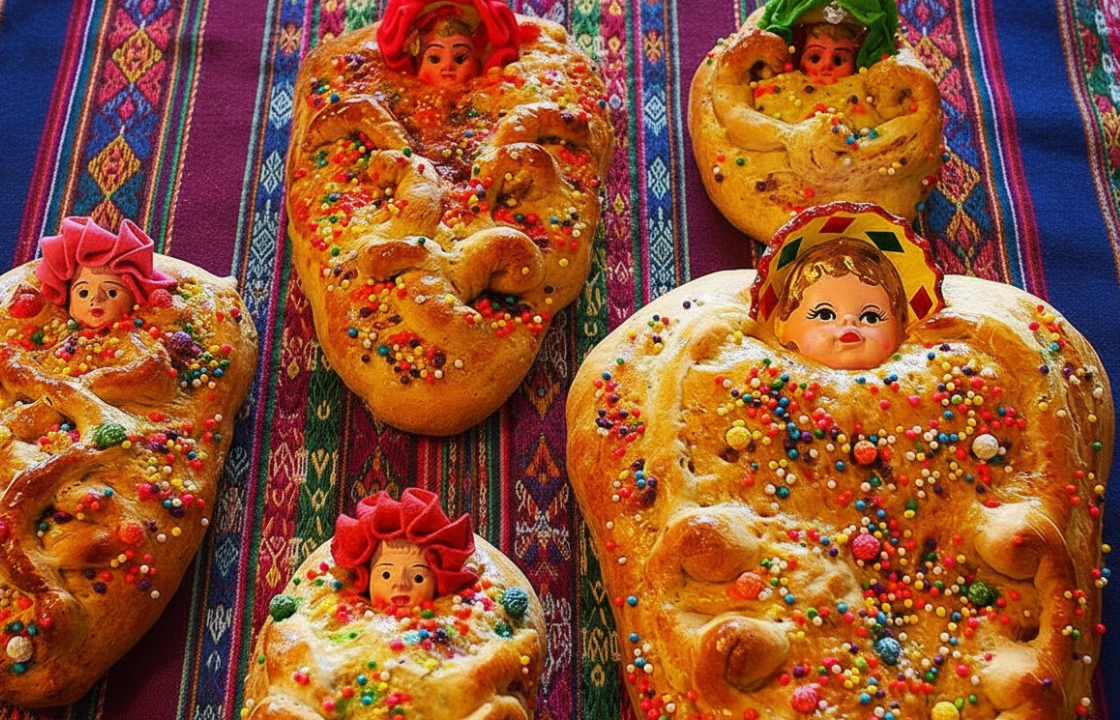Every November 1st and 2nd, Peru celebrates El Día de los Muertos — a heartfelt tradition that reflects the country’s deep connection between the living and those who came before us. While travelers often associate this festivity with Mexico, the Peruvian version is beautifully different: it’s a blend of Andean spirituality, Catholic influence, and strong family values. At Peruvian Sunrise, we believe this celebration reveals one of the most genuine sides of Peruvian culture — where remembrance becomes an act of love, and life continues through memory.
A Celebration of Memory and Continuity
November 1st marks All Saints’ Day, a national holiday when Peruvians pay tribute to saints and loved ones who have passed away. The following day, November 2nd All Souls’ Day, which is dedicated specifically to the departed. Together, these days invite reflection, gratitude, and reconnection with family across generations.
Unlike Western customs where mourning is quiet and solemn, in Peru the atmosphere is warm, communal, and full of affection. People believe that through offerings and togetherness, the spirits of the dead return briefly to share a moment with the living.
Ancient Roots of a Living Tradition
Peru’s Day of the Dead has deep pre-Hispanic origins. For the ancient Andean civilizations, death was not an end but a transition — ancestors remained protectors and members of the family. The Incas kept mallkis (mummified ancestors) who were honored, fed, and sometimes even brought out during ceremonies.
When Spanish colonization introduced Catholicism, these ancestral customs merged with Christian beliefs, creating the syncretic celebration seen today. This fusion is what gives Peruvian culture its distinct identity — a spiritual dialogue between earth, ancestors, and faith.
How Peruvians Celebrate the Day of the Dead?
Across Peru, traditions vary slightly by region, but they share the same essence: to celebrate the memory of loved ones with affection, food, and community.
- Family Altars: Many households prepare small home altars decorated with candles, flowers, photos, and favorite dishes of the deceased.
- Cemetery Visits: On November 2nd, cemeteries come alive with families bringing food, drinks, and music. Tombs are cleaned and adorned with flowers, crosses, and handmade decorations.
- Traditional Foods: In the Andes, it’s common to prepare t’anta wawa (“bread baby”) and t’anta caballo (“bread horse”) — symbolic breads representing rebirth and protection. People also enjoy roasted pork, tamales, and chicha morada or chicha de jora as part of the offering.
- Music and Community: It’s not unusual to hear live musicians or brass bands playing near cemeteries. Families sing, laugh, and share stories — keeping memories alive in the most human way possible.
Regional Traditions you can witness
- Lima: The vast Cementerio Nueva Esperanza in Villa María del Triunfo transforms into a sea of color, candles, and flowers. Families often stay overnight, celebrating together in a unique urban pilgrimage of remembrance.
- Cusco and the Andes: Offerings often include coca leaves, chicha, and symbolic items placed on the ground to honor both the Earth (Pachamama) and the spirits. The atmosphere blends spirituality with festivity, creating an unforgettable experience for visitors.
- Ayacucho and Puno: Local communities organize processions, traditional dances, and fairs, turning the celebration into a cultural event that mixes devotion, art, and joy.
Travel with Peruvian Sunrise
Witnessing El Día de los Muertos in Peru is a diffeerent and extraordinary cultural encounter — but it requires sensitivity and respect. When visiting cemeteries or communities during this time, dress modestly, ask before taking photos, and follow local customs.
At Peruvian Sunrise, we help travelers experience Peru and its celebrations authentically and responsibly. Our local guides provide cultural context and ensure your visit supports the communities that keep these traditions alive. More than observing — you’ll understand the meaning behind each offering, each song, and each smile shared in memory.
The Day of the Dead in Peru is not a farewell, it’s a reunion. Through food, music, and heartfelt gestures, Peruvians celebrate the eternal bond between life and death. It’s a moving reminder that love transcends time, and memory keeps us connected to our roots.
Join Peruvian Sunrise and discover how Peru transforms remembrance into celebration — an unforgettable experience that reveals the country’s soul, history, and humanity.



